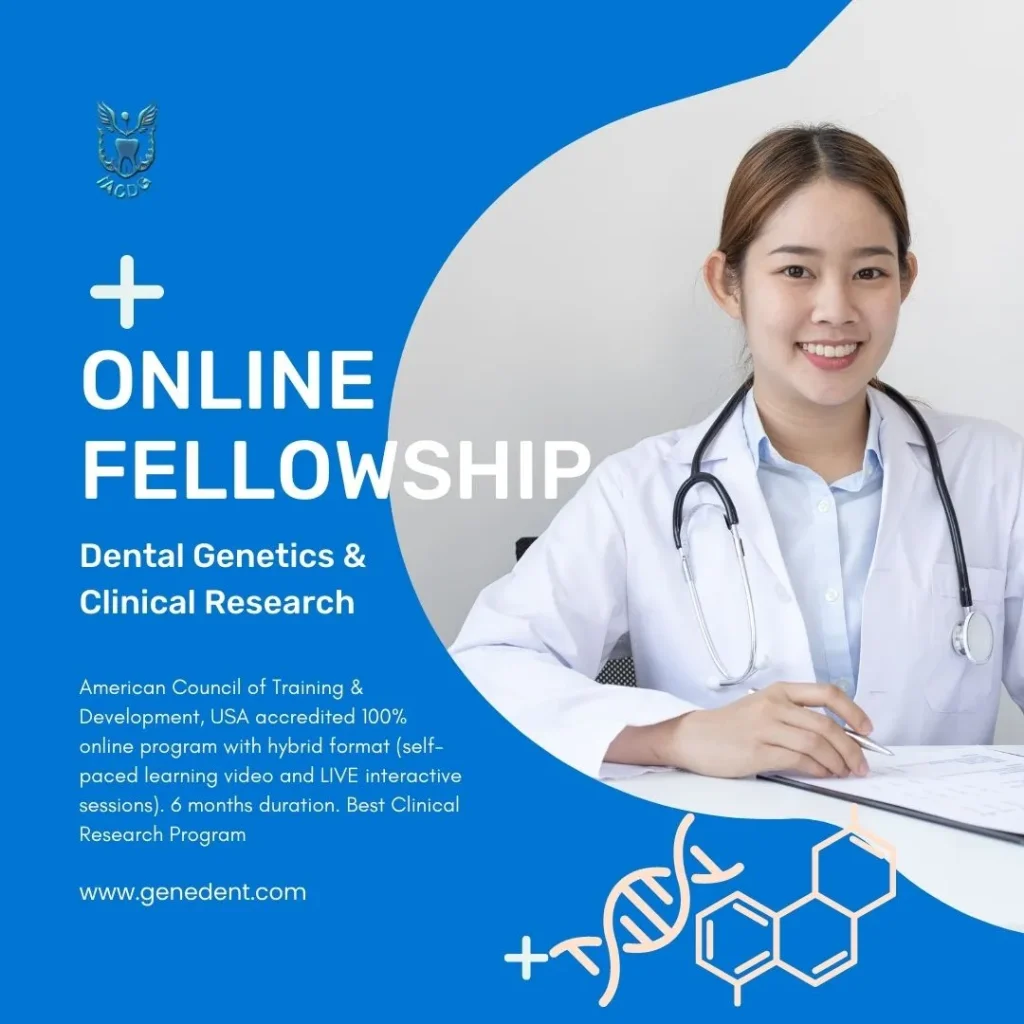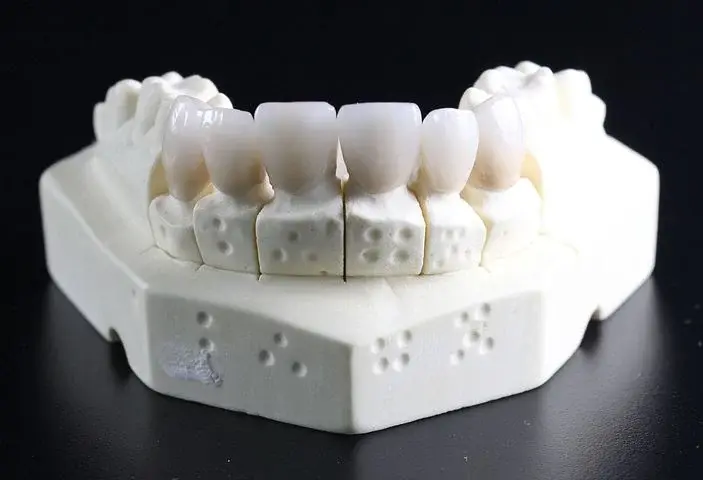Have the question in the title ever struck the cords of your mind? Remember the good old school biology classes when we got introduced to the most vital organ of our body – teeth! Learning about different shapes, pattern and function of teeth was a usual chore then. This learning journey was intricately revamped in the dental school again.
What if the four different types of teeth were non-existent! Perhaps we cannot imagine a situation like that! Isn’t it?
The human life begins from a single cell with a single DNA that carries all the life instructions. At certain point of cellular development, specific genes known as patterning genes come into play. All magic begins then!
The adult human teeth are namely, incisors, canines, premolars and molars.

Each of these have a definite shape, pattern and position in the mouth. The secret behind this is the influence of the patterning genes called HOX genes.
Humans have 4 clusters of HOX genes – HOX A, HOX B, HOX C or HOX D. These are found on Chromosomes 2, 7, 12 and 17. HOX genes have special sites called homeobox.


Every organism have a definite body or tooth pattern because of the interplay of these homeobox genes. These genes code for special molecules called transcription factors that regulate the expression of other related genes. These transcription factors have a unique configuration called homeodomain.
Tooth formation occurs through several developmental stages – bud stage, cap stage, bell stage.

Several studies have proved that these stages have a direct genetic control from the homeobox genes. More than 300 genes are involved in these processes. Prominent role is played by the transcription factors with homeodomain.
HOX gene influence in tooth bud appears to be as early as 18 to 24 weeks of embryonic development.
Understanding these genes will lead to a clearer depiction of the underlying cause of many dental anomalies, craniofacial disorders and rare syndromes paving a path towards a better therapeutic strategy.
Join our exclusive internationally accredited 6 months online course : Fellowship in Dental Genetics and Clinical Diagnostics (Start Date: August 15, 2022) . Limited seats!
Accredited By: American Council Of Training And Development (ACTD), USA

For any queries, reach us at eventsiacdg@gmail.com

